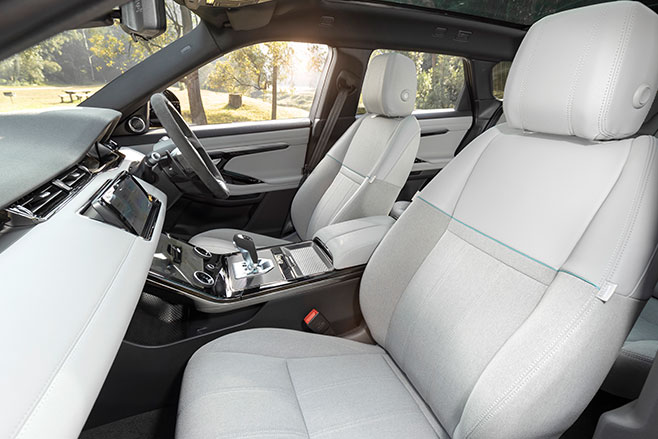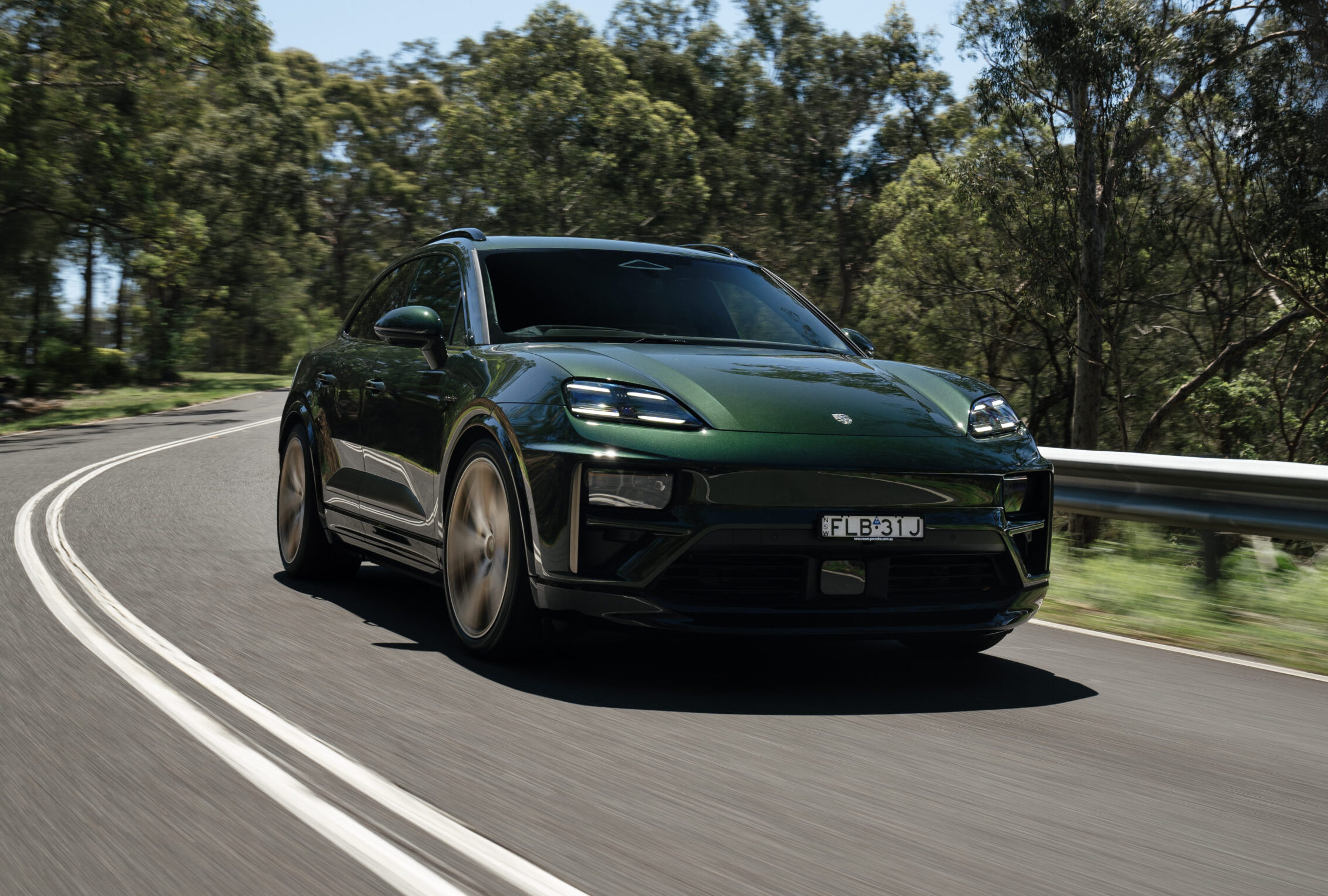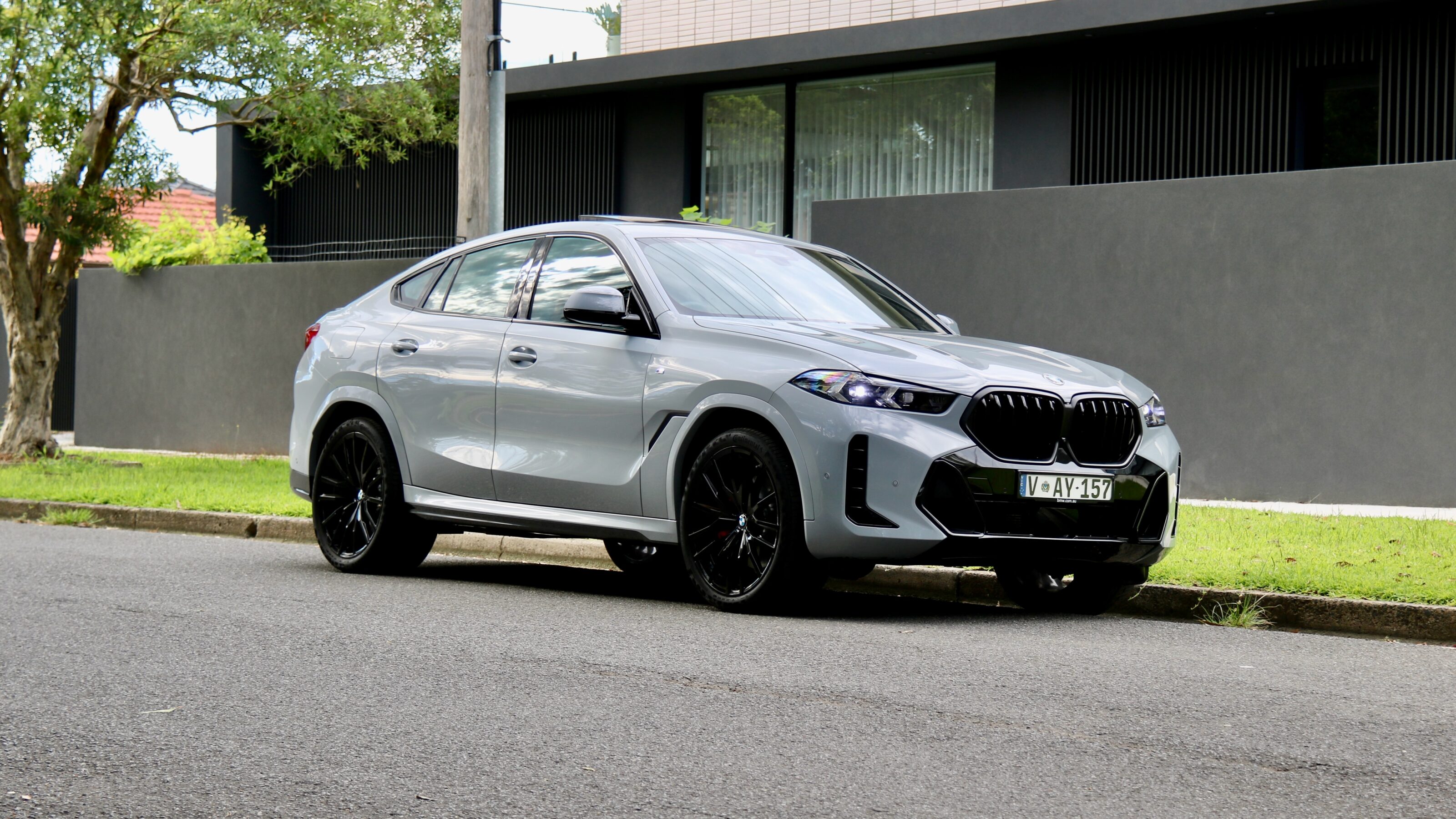
When you look at the enormous range of small SUVs available now, it’s hard to imagine a time when such a model of car was revolutionary – but in 2010, it was. The Range Rover Evoque went against everything Range Rover stood for. Instead of big, bold and bad-ass, the low-slung and clamshell-like Evoque was small, fashionable and feminine.
At the time, it was considered by many as the hairdresser car of the SUV world, a pox on the tough, utilitarian house of Land Rover. In short: the Evoque was the Audi TT of SUVs. Even Jaguar Land Rover itself didn’t even expect it to be a hit.
Fast-forward to now, and more than 772,096 Evoques have been sold around the world, helping forge the luxury compact SUV’s place as a fashion item. And unlike many of its competitors, the Evoque has the looks AND the ‘can do’ capabilities and integrity of a Land Rover (even though many will probably never experience the cold embrace of a river or rocky incline).
The new MY20 Evoque arrives in dealerships this week, with sales starting on June 1. Aside from its grown-up exterior and slightly more spacious interior, it is more high-tech and more environmentally woke than ever before. Just ahead of its arrival we look at five of the new Evoque’s coolest and most futuristic details to note.
- Magic mirrors
But where Range Rover gets it right is that the ClearSight Rearview camera is actually placed on the roof (where an aerial fin would be), and has a water-repellent coating, so even if you are offroading, it’s less likely to get covered in mud, dust or water.
- Undercar Cameras

- Remote Control
- Eco-friendliness
In fact, vegans have the option of leather-like performance material or a Kvadrat interior, a wool blend and synthetic suede cloth that is made from 53 percent plastic bottles (per vehicle). The Evoque also boasts a brand new textile made from Eucalyptus.
The advantage of this new Eucalyptus textile over a typical car interior is that it uses less water, therefore has less impact in manufacturing and sourcing.

- Hybrid technology
It’s small, but the MHEV ends up reducing around 8g of CO2 per km and reducing up-to six percent of fuel consumption.



